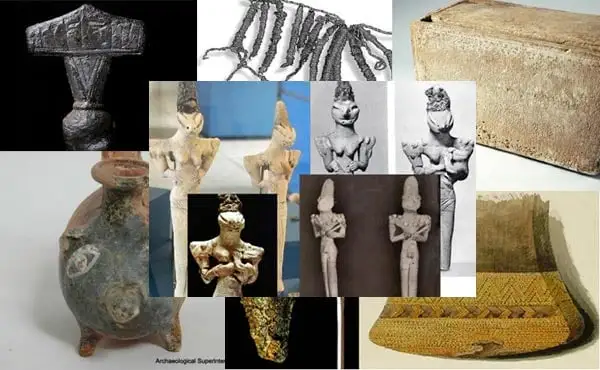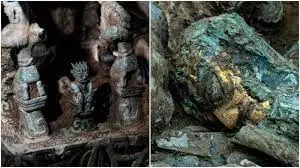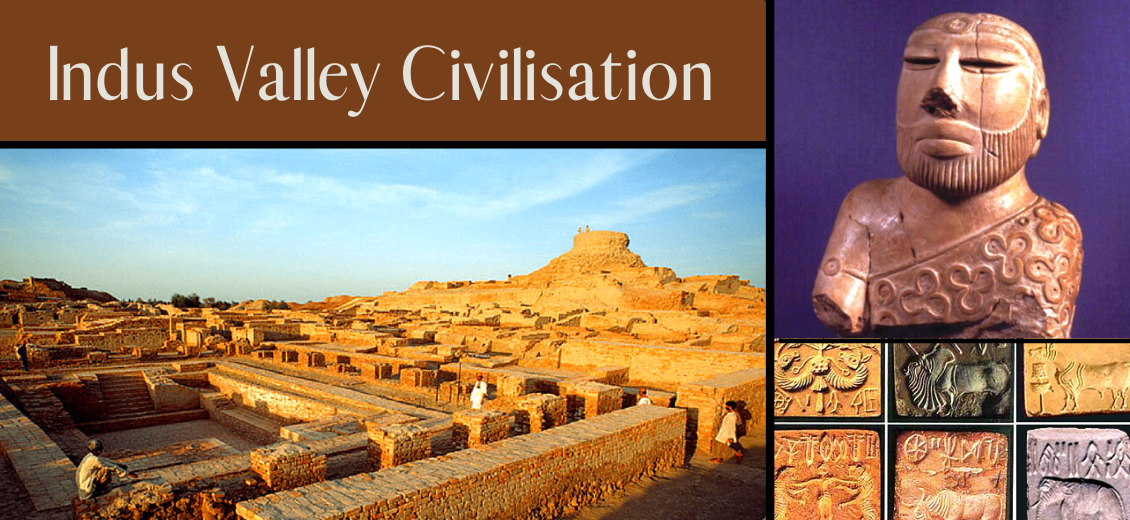Introduction:
Ancient artifacts are invaluable treasures that offer glimpses into the rich tapestry of human history. These objects, often discovered through archaeological excavations, hold immense significance in unraveling the mysteries of bygone civilizations. Each artifact serves as a tangible link between the past and the present, shedding light on cultural practices, technological advancements, and societal dynamics. In this article, we delve into the world of ancient artifacts and explore their profound significance.
I. Preserving Cultural Heritage:
One of the primary functions of ancient artifacts is to preserve the cultural heritage of ancient civilizations. These objects provide a tangible representation of a society’s beliefs, values, and artistic expressions. From the magnificent sculptures of ancient Greece to the intricately crafted Mayan pottery, artifacts offer valuable insights into the aesthetics and symbolism of past cultures. They allow us to appreciate and learn from the diverse artistic traditions that have shaped our collective human experience.
II. Understanding Technological Advancements:
Ancient artifacts also play a crucial role in understanding the technological advancements of ancient civilizations. Tools, weapons, and machinery provide evidence of the scientific and engineering prowess of our ancestors. For instance, the Antikythera Mechanism, an ancient Greek device discovered in 1901, is considered one of the earliest analog computers, showcasing their remarkable understanding of astronomy and mechanics. By studying such artifacts, historians and archaeologists gain a deeper understanding of the innovations that laid the foundation for modern technologies.
III. Tracing Trade Routes and Cultural Exchange:
Artifacts found in archaeological sites often serve as markers for tracing ancient trade routes and cultural exchange networks. Through the analysis of pottery, coins, and other artifacts, researchers can uncover the extent of long-distance trade and the interconnectedness of ancient societies. The Silk Road, for example, owes much of its historical documentation to the various artifacts discovered along its path. These objects reveal the economic, social, and cultural interactions that shaped the ancient world, fostering a deeper appreciation for the complexity of past civilizations.
IV. Unearthing Historical Narratives:
Ancient artifacts provide vital clues that help reconstruct historical narratives. Inscriptions, manuscripts, and artworks offer glimpses into the beliefs, myths, and daily life of past societies. The Rosetta Stone, a significant artifact discovered in 1799, played a pivotal role in deciphering Egyptian hieroglyphics. Through its inscription in three different scripts, historians were able to unlock the secrets of an ancient civilization that had been shrouded in mystery for centuries. Such artifacts enable us to piece together the stories of our ancestors and gain a more comprehensive understanding of our collective human heritage.
V. Inspiring Reflection and Appreciation:
Lastly, ancient artifacts serve as a source of inspiration, inviting us to reflect on our own existence and appreciate the achievements of those who came before us. The grandeur of the Pyramids of Giza, the elegance of ancient Chinese porcelain, or the intricacy of Mesopotamian jewelry all evoke a sense of awe and wonder. These artifacts remind us of the ingenuity and creativity that permeated ancient societies and encourage us to explore our own potential for cultural and technological advancement.
Conclusion:
Ancient artifacts are not mere remnants of the past; they are gateways to understanding the world that preceded us. Through their preservation and study, we gain valuable insights into the diverse cultures, technological marvels, and historical narratives that shaped our present reality. These artifacts teach us to appreciate the achievements of our ancestors, inspire our own creativity, and remind us of the collective human journey that has led us to where we are today. As we continue to unearth and study these treasures, we deepen our connection with the past and enrich our understanding of the human experience.
![]()





